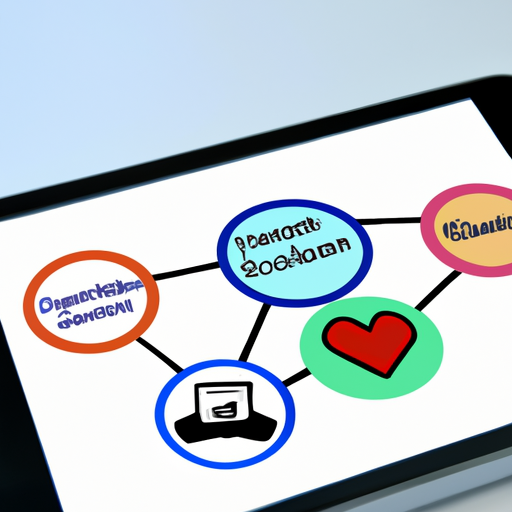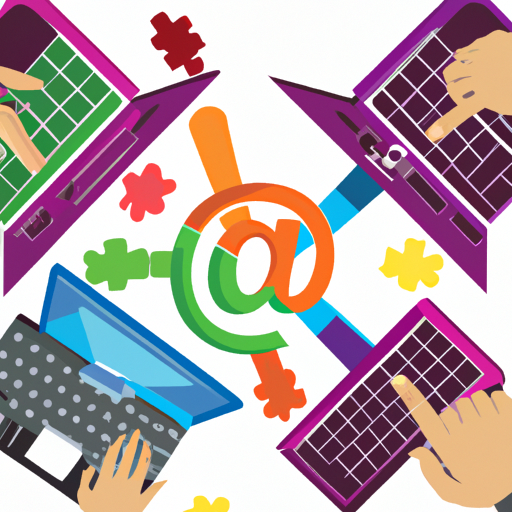In today’s fast-paced digital landscape, businesses are constantly seeking ways to innovate and enhance their operations. Low-Code and No-Code platforms are rapidly gaining traction as a solution that enables users to create applications without extensive programming knowledge.
What are Low-Code and No-Code Platforms?
Low-Code development refers to platforms that allow developers to create applications with minimal hand-coding, using a visual interface and pre-built templates. On the other hand, No-Code solutions empower non-technical users to build apps through intuitive drag-and-drop interfaces, significantly reducing the barrier to entry for innovation.
The Benefits of Low-Code/No-Code Platforms
- Speed to Market: These platforms enable rapid application development, allowing companies to respond to market demands more quickly.
- Cost Efficiency: By minimizing the need for skilled developers, organizations can reduce development costs and reallocate resources effectively.
- Empowerment of Business Users: Non-technical team members can contribute to app development, fostering a culture of innovation and collaboration.
- Integration Capabilities: Many low-code/no-code platforms offer integration with existing systems, enhancing operational efficiencies.
Industry Adoption and Future Trends
Across various sectors, businesses are embracing low-code and no-code development as a strategic advantage. From healthcare to finance, these platforms are transforming how solutions are designed and deployed. Experts predict that the trend will continue to grow, with more organizations recognizing the pivotal role of citizen developers in digital transformation.
Conclusion
As low-code and no-code platforms democratize app development, they are reshaping the tech landscape. Organizations that embrace these tools not only improve their agility and efficiency but also empower all employees to innovate, ultimately leading to enhanced business outcomes.
Stay ahead of the curve by exploring how Low-Code/No-Code platforms can transform your business operations!













